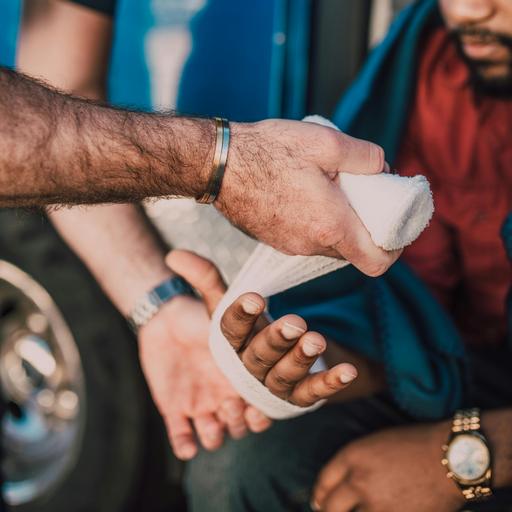Up-Close Look at Dry Skin and How Moisture Heals It

This is the top layer of your skin
This image represents your skin’s top protective layer, called the Stratum Corneum. It functions like a brick and mortar wall, protecting you from the outside world.
•The “bricks” are called corneocytes. These protective skin cells give the skin structure and strength and contain Natural Moisturizing Factor(NMF). NMFs draw in moisture and hold it in the cell.
•The “mortar” is made up of lipids. They form a continuous layer that surrounds the corneocytes – or skin cells (the “bricks”), providing elasticity and flexibility and helping to retain moisture in the skin.
Stage 1
When your skin is healthy, it protects you from the elements
Skin that is healthy and properly hydrated is naturally capable of defending itself against the causes of dry skin and continuously repairing itself.
Stage 2
Then stressors take moisture away from your skin
Skin stressors rob your skin of moisture. Such dry skin causes include everyday factors—dry weather, air-conditioning, even showering (during which water and harsh cleansers can wash way away skin’s natural moisturizing factors) can weaken the skin cells and deplete the lipid layer. These factors degrade your skin’s barrier, allowing more moisture to escape.
Stage 3
Skin’s protective ability breaks down
As your skin gets drier, there’s a breakdown of normal, healthy processes. Without moisture, skin cells become fragile and your lipid layer becomes tighter and less flexible, setting the stage for cracked or damaged skin. As the moisture barrier becomes weakened and damaged, your skin becomes even more vulnerable to the environment, increasing moisture loss.
Stage 4
You get dry skin
Moisture is lost and skin’s protective defenses are weakened. Skin feels rough and can start to feel itchy. Its natural exfoliation process is disturbed, causing visible flakes to form. Untreated dryness can lead to painful cracking and make skin more vulnerable to the environment. At a cellular level, corneocyte development is impaired, so skin cells reach the surface underdeveloped and less able to protect against further damage.
Stage 5
To recover, replenish lost moisture
A moisturizer will immediately hydrate skin and soften dry, stiff surface cells. Look for lotions with a combination of humectants, emollients and occlusives. Humectants hold water inside the skin, helping to promote NMF production. Emollients – like stearic acid or triglyceride oils – can replenish the lipid matrix. An occlusive like Vaseline Jelly replaces the lost protective lipid layer, creating a barrier to lock in moisture and protect against the causes of dry skin.
Stage 6
Your skin develops healthy cells again
Healthy, strong cells grow in. The lipid layer is restored and NMF is produced normally. The natural exfoliation of skin’s top layer begins to occur without interruption.
Expert Advice The advice in this article does not constitute medical advice, it is solely available for information purposes.


